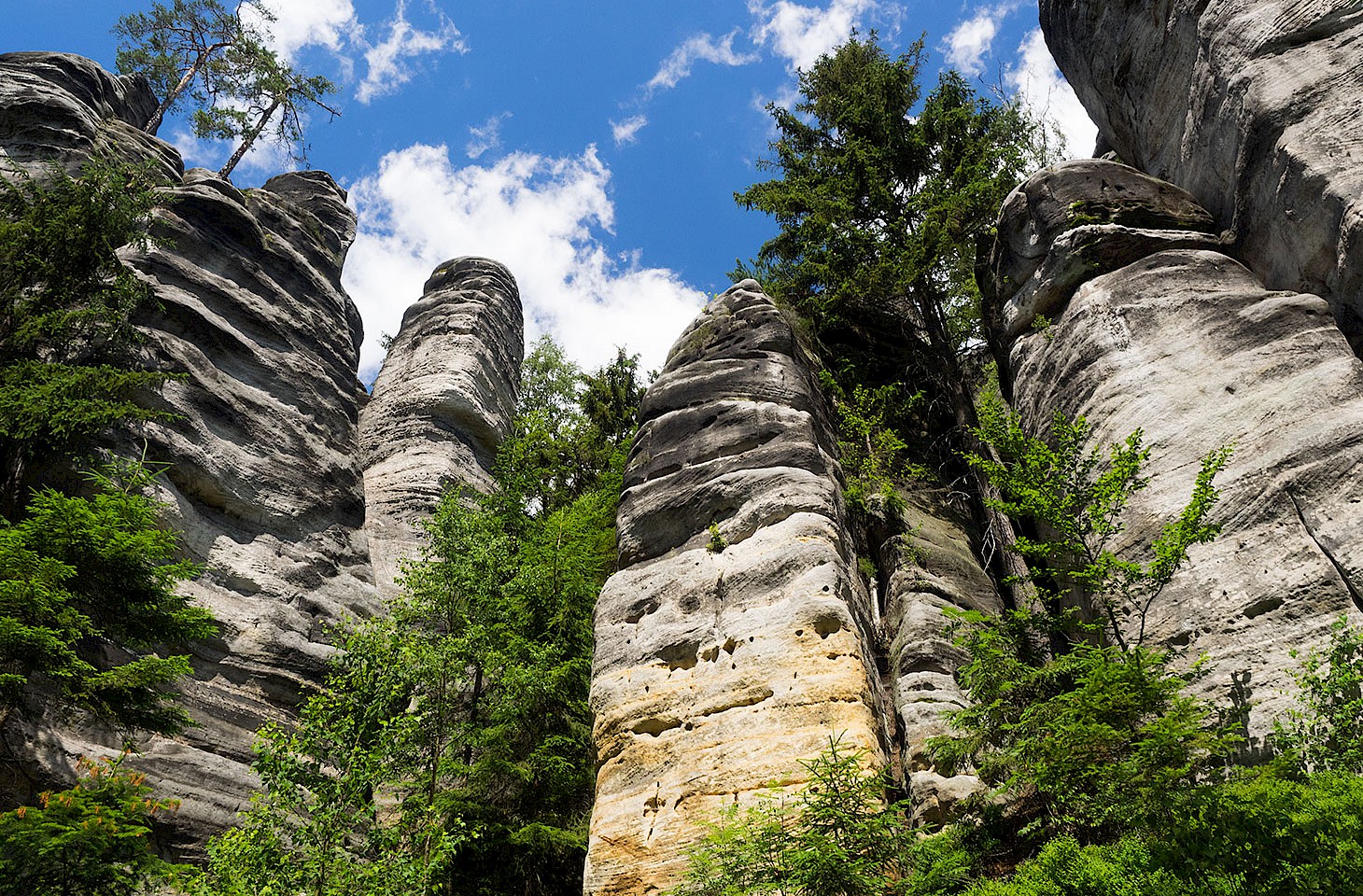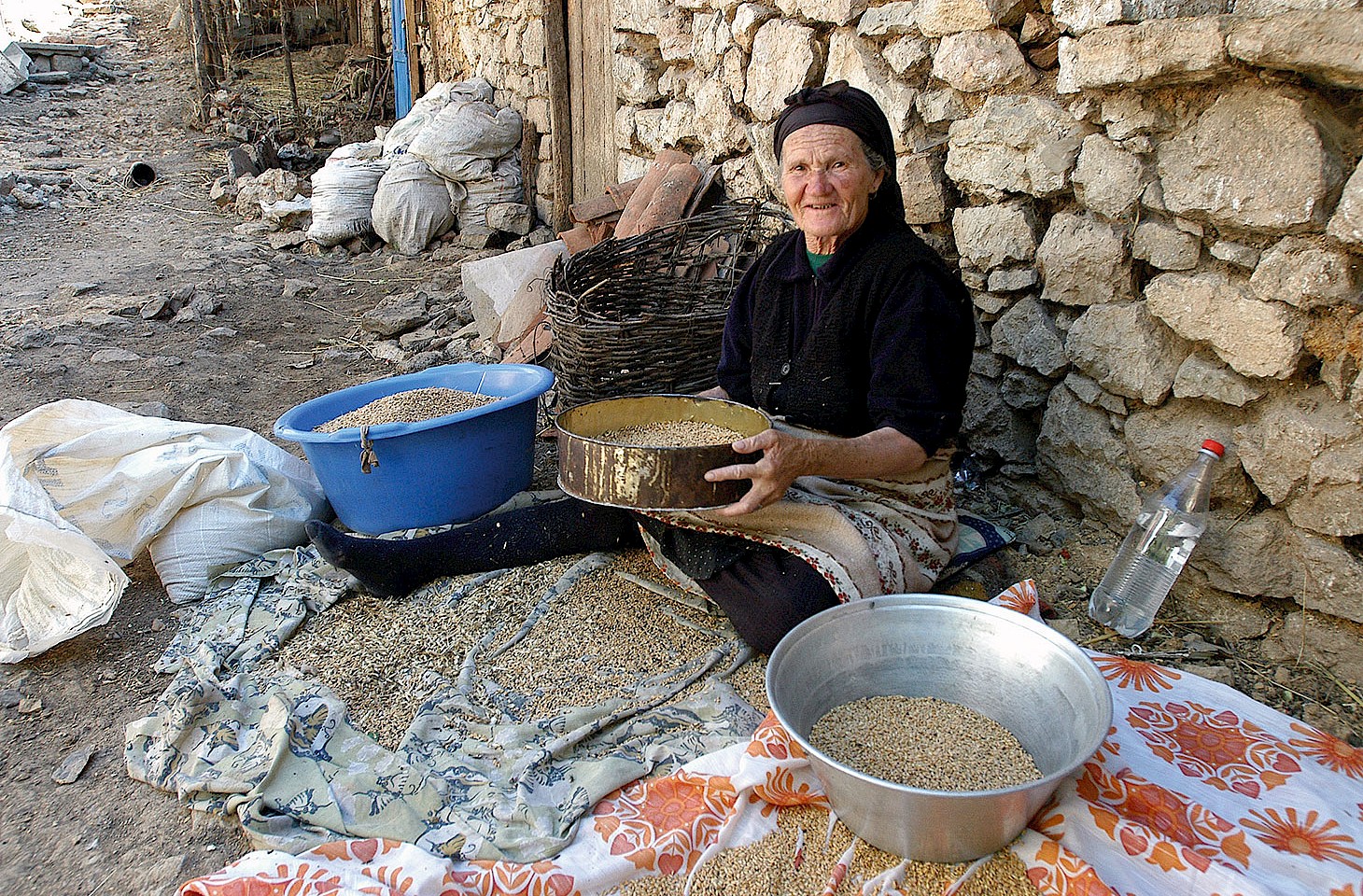Rémy Colin stands in his roomy workshop, behind the rough timber frame of a large wooden boat. In his hands he holds a model of a finished vessel. Light streams in through the open wooden doors into the half-lit interior of the workshop, where a variety of saws and other tools are slung about the walls above stacks of wood. The floor is coated with sawdust.
Rémy is a traditional boatbuilder in Saint-Omer, a small town in northern France, just a short train journey inland from Calais. Saint- Omer is built on a slight rise above the River Aa, which winds its way from the Artois Hills to empty into La Manche at Gravelines. Rémy has been making traditional wooden boats here for over ten years, and his workshop, a large barn-like building standing beside a narrow channel near the road out to Clairmarais, is the last of its kind.
Saint-Omer and the Marais Audomarois
The town of Saint-Omer is named after the 7th century monk, Audomar of Thérouanne, who founded a Benedictine abbey here on the banks of the River Aa — the Abbaye Saint-Bertin. During the Middle Ages, it grew to be one of the most powerful and important monasteries in northern Europe. Its skeletal ruins still stand in the lower part of town. Despite being closed down during the French Revolution, the abbey was still standing and largely intact in the first half of the 19th century, when it was dismantled and its stone reused in other buildings, including Saint-Omer’s distinctive neoclassical Hôtel de Ville (town hall).
Sprawling to the north and east from the foot of the town, is the Marais Audomarois — a vast swathe of wetlands covering an area of more than 3,700 hectares, which is criss-crossed by over 700 km of watercourses, canals, channels and dykes.
Appropriately enough given their lowland character, many of these waterways have partly Flemish names — Le Petit Meer, Le Grand Meer, Le Stackelwaert, Le Hongarwaert. A few kilometres away to the north, Eurostar trains dash by, cutting through the flatlands, sweeping over the River Aa on the long Haute-Colme Viaduct. But travellers bound for Saint-Omer must take the slow train.
Arriving by train from Calais into Saint- Omer’s surprisingly grand railway station (beautifully renovated in 2019), the view from the eastfacing windows offers something of a preview of the landscape’s character — a patchwork of wet meadows, market gardens, cauliflower crops and marshland, neatly divided by water channels, and studded here and there with lakes. The only way to truly appreciate the special character of this landscape, however, is by boat.




